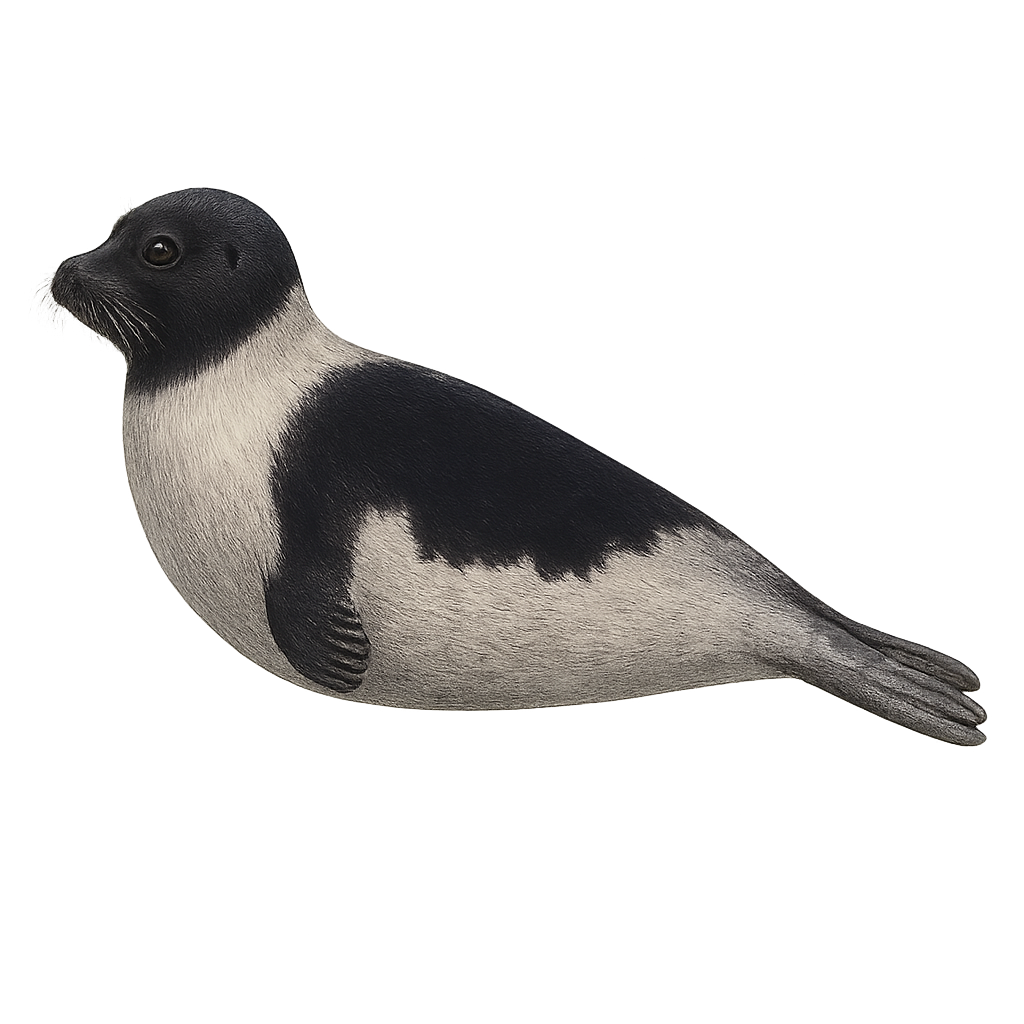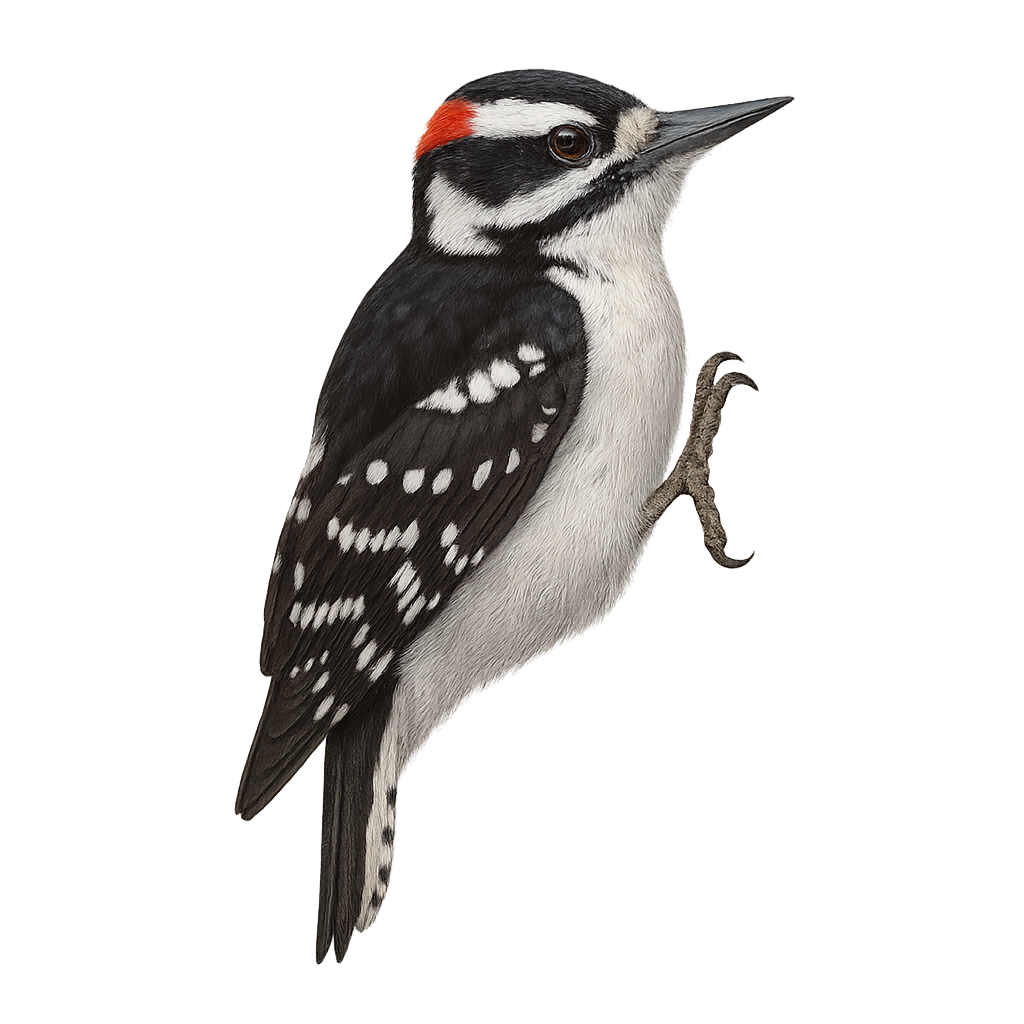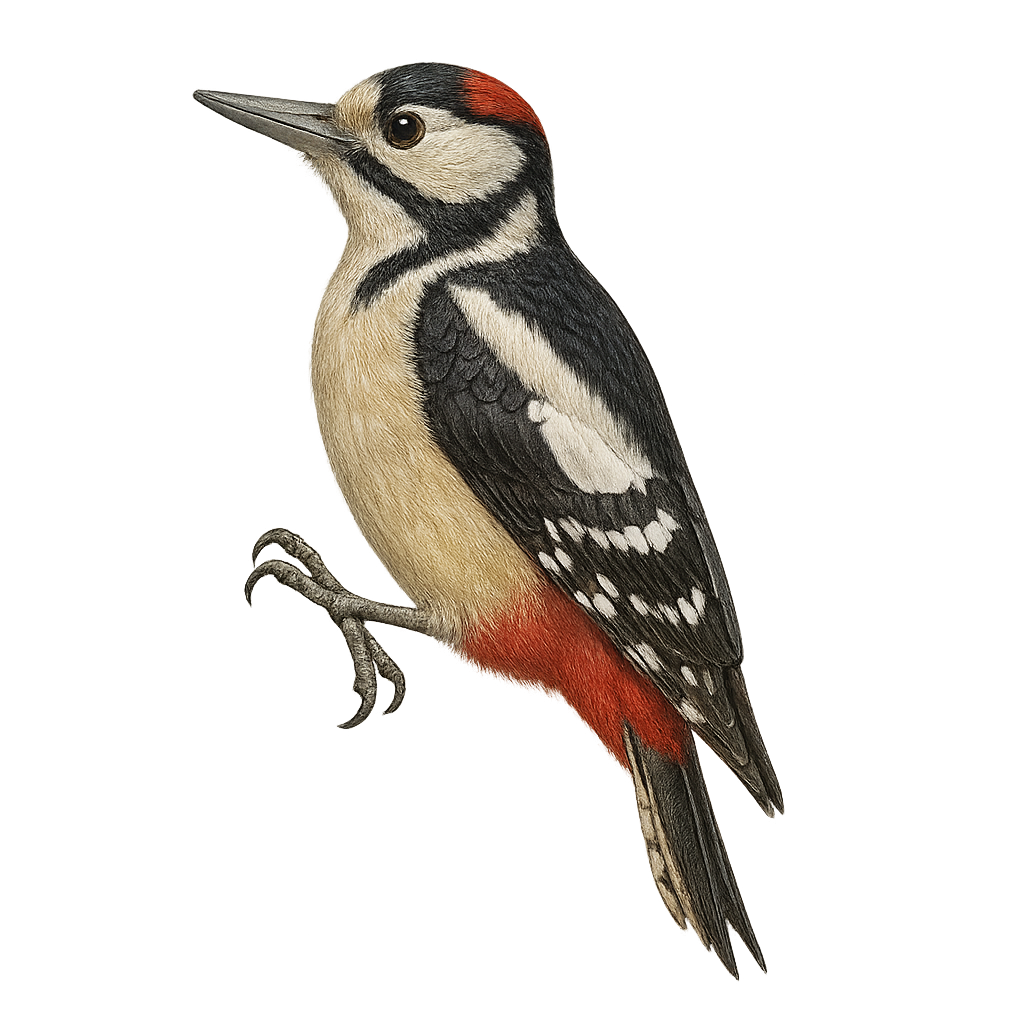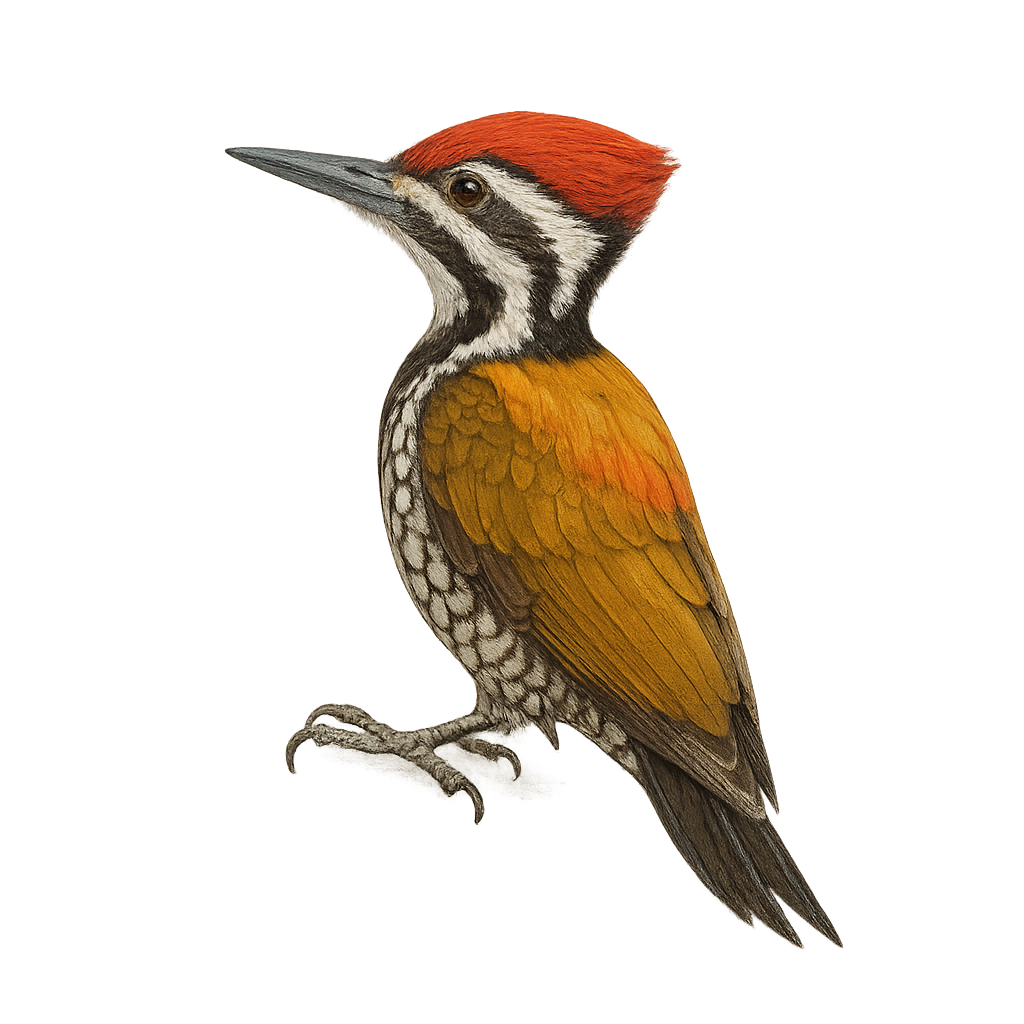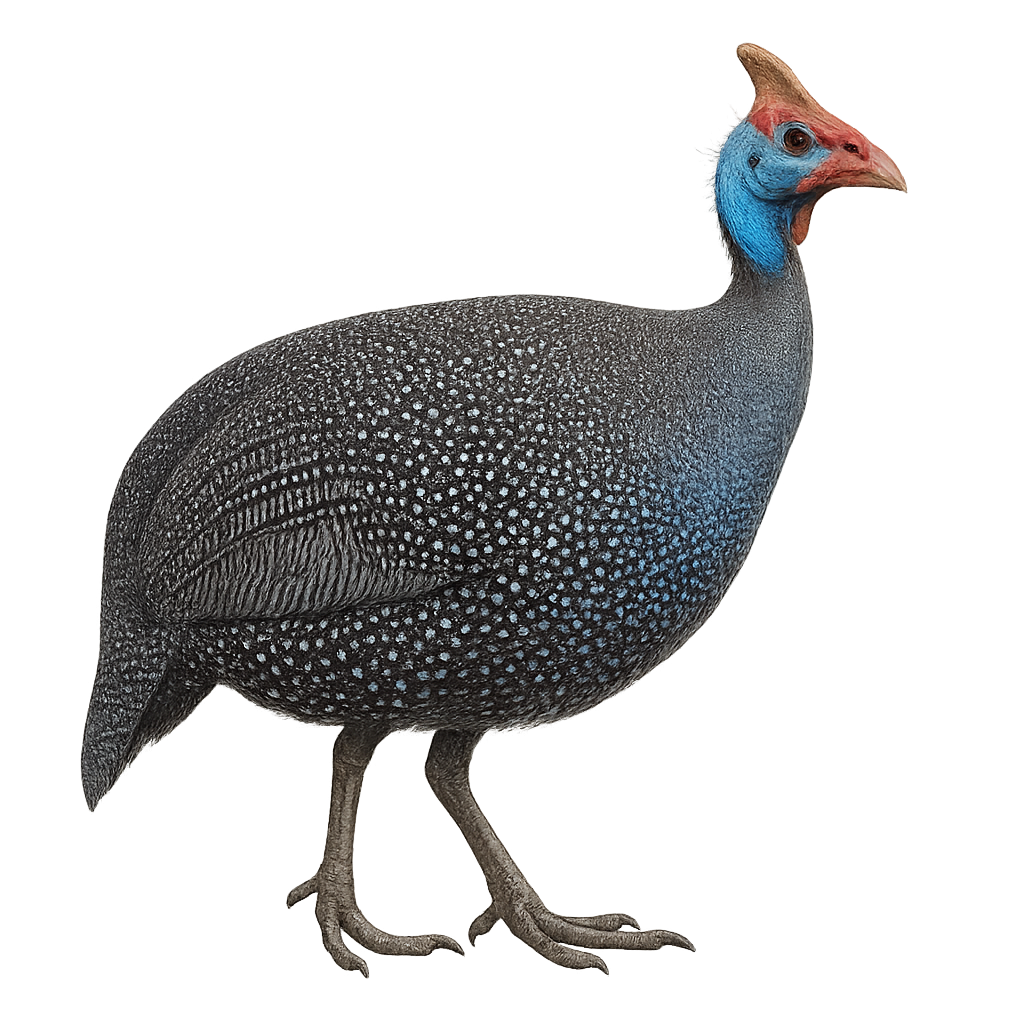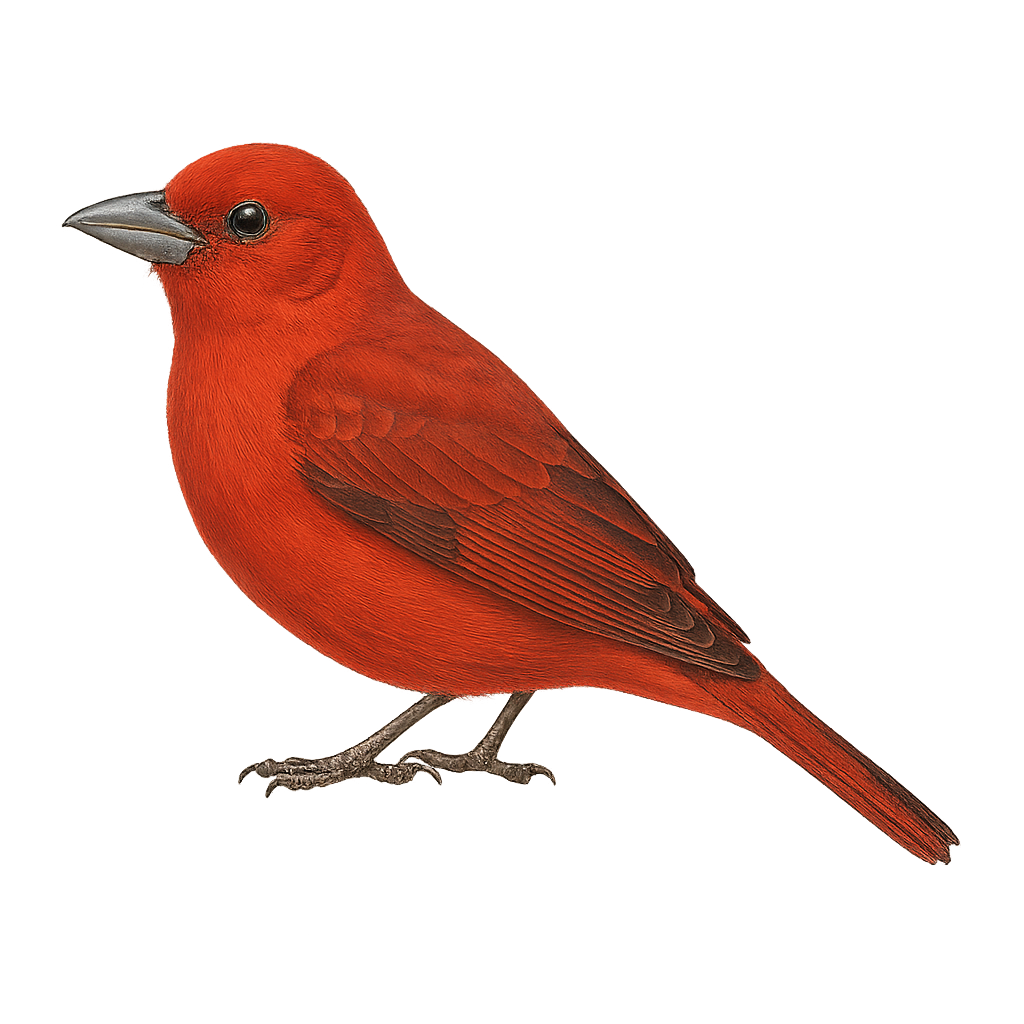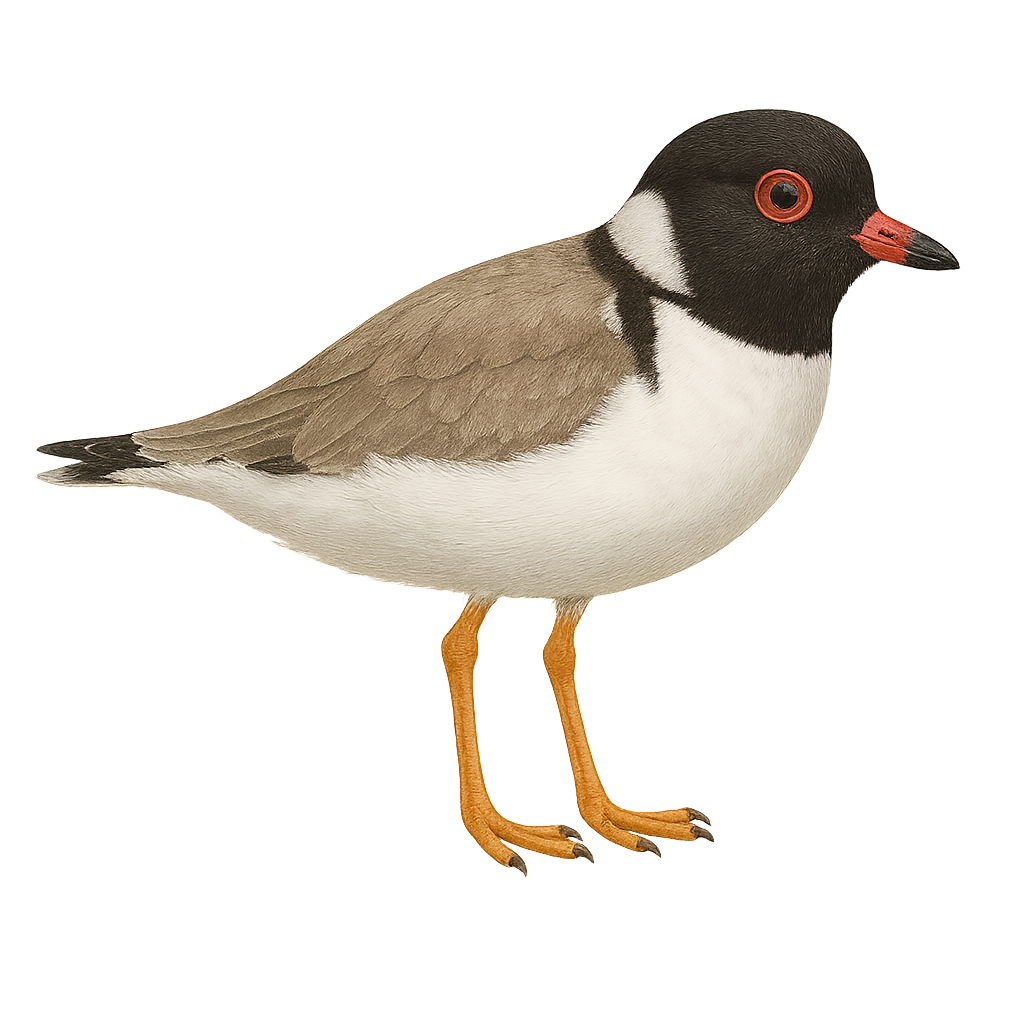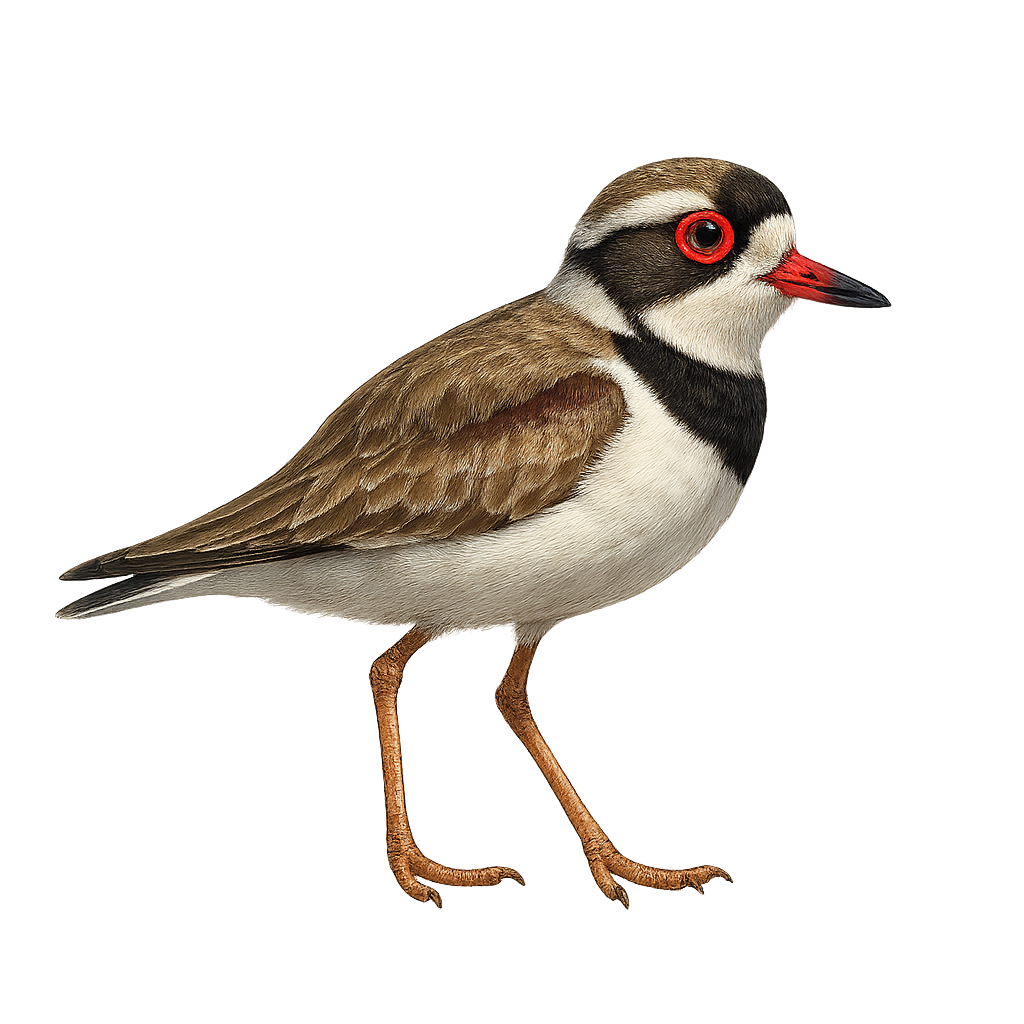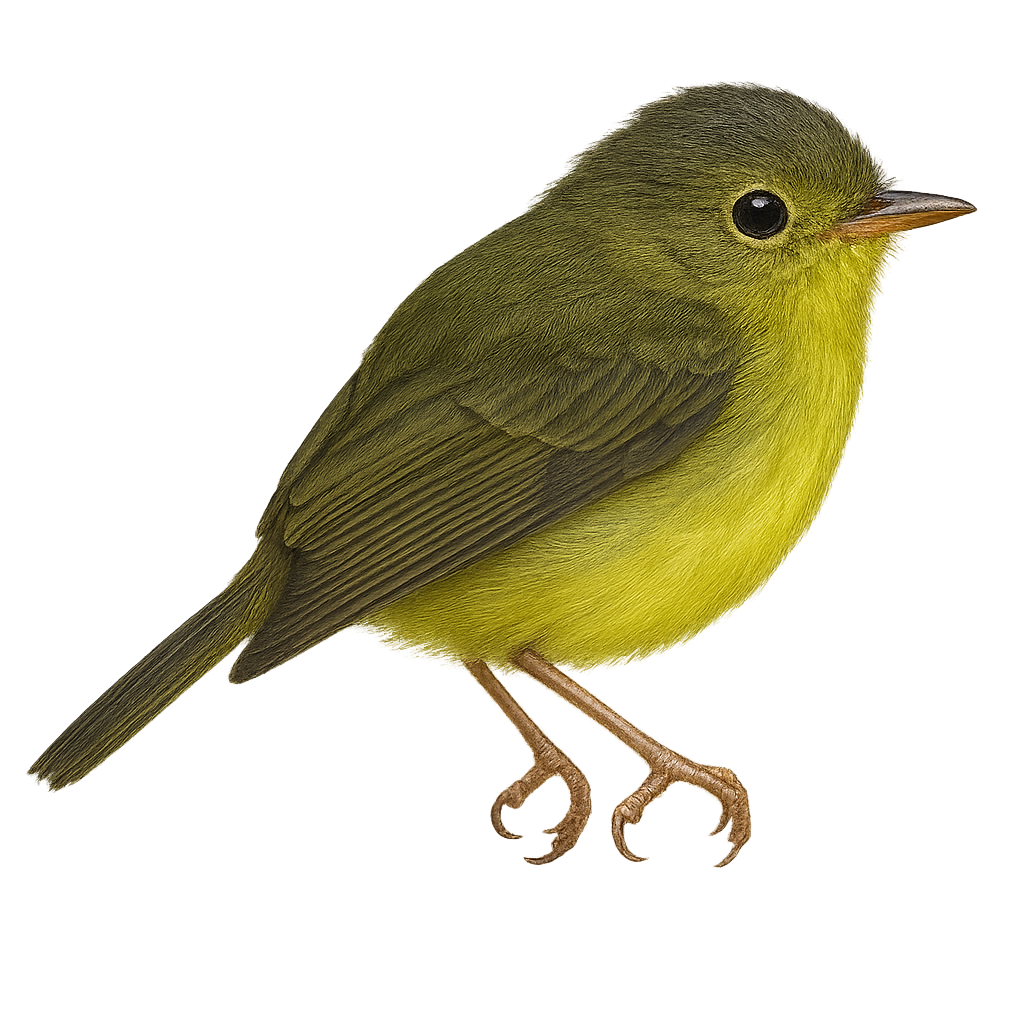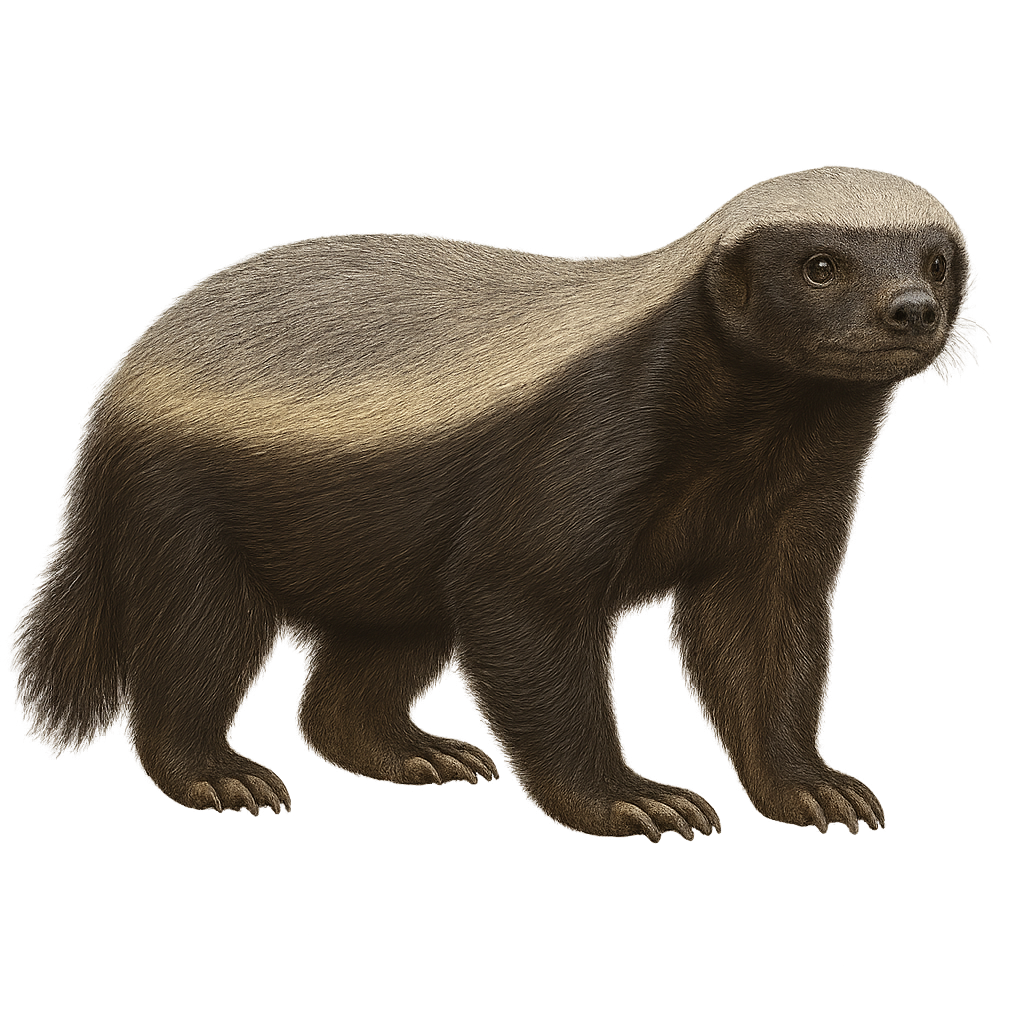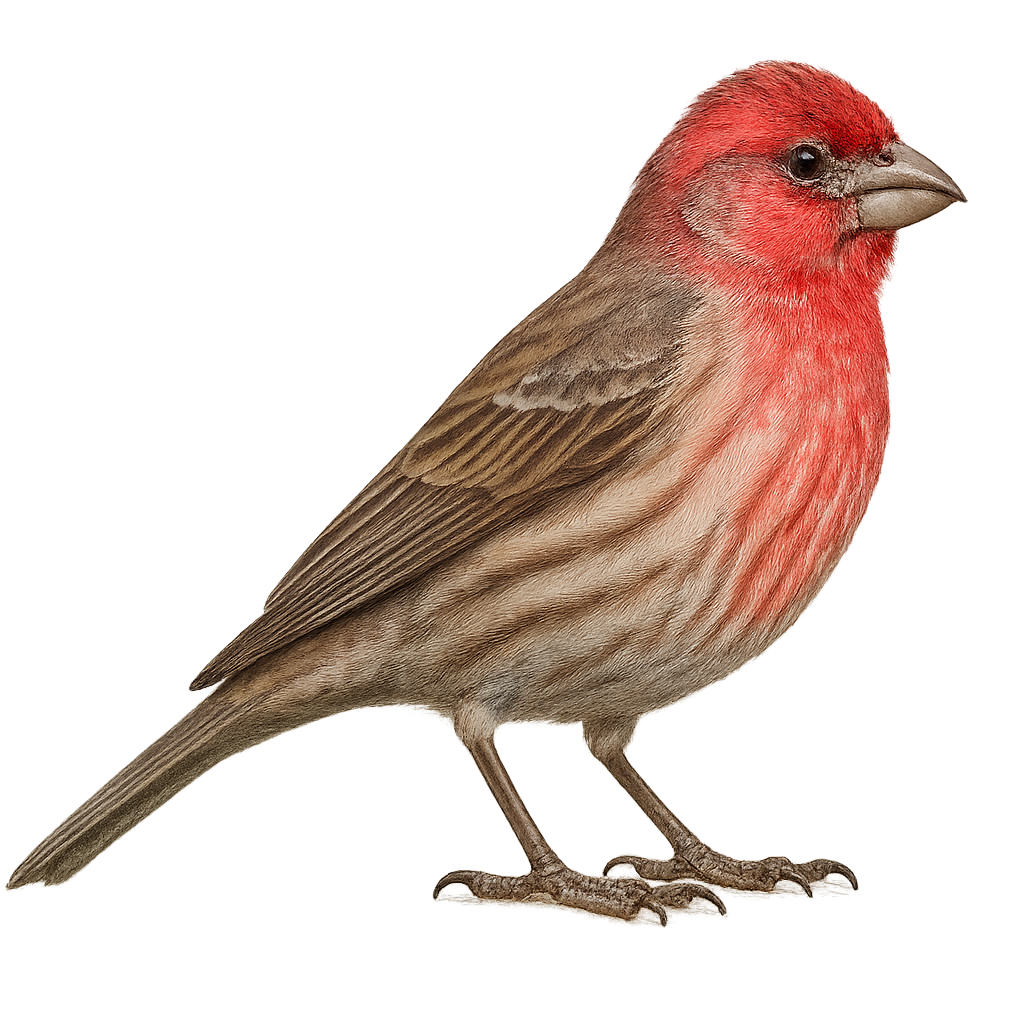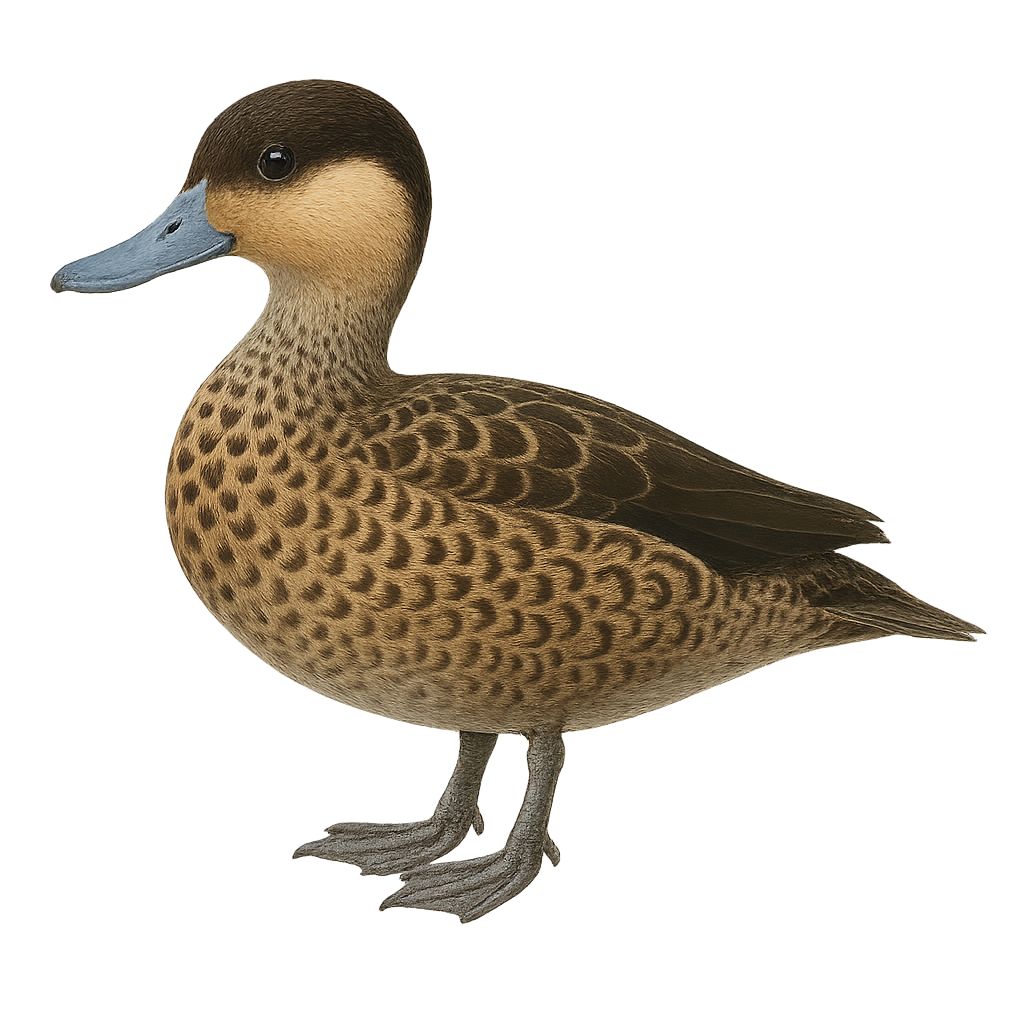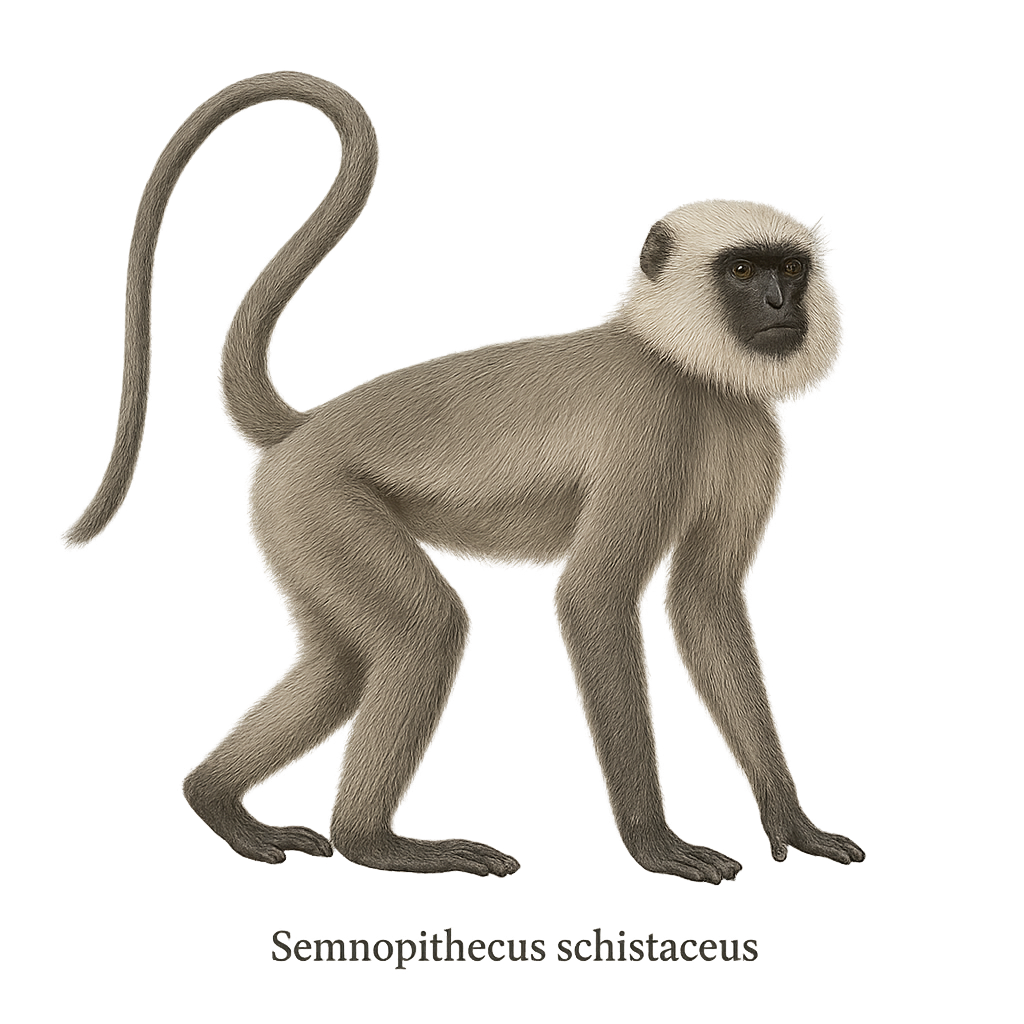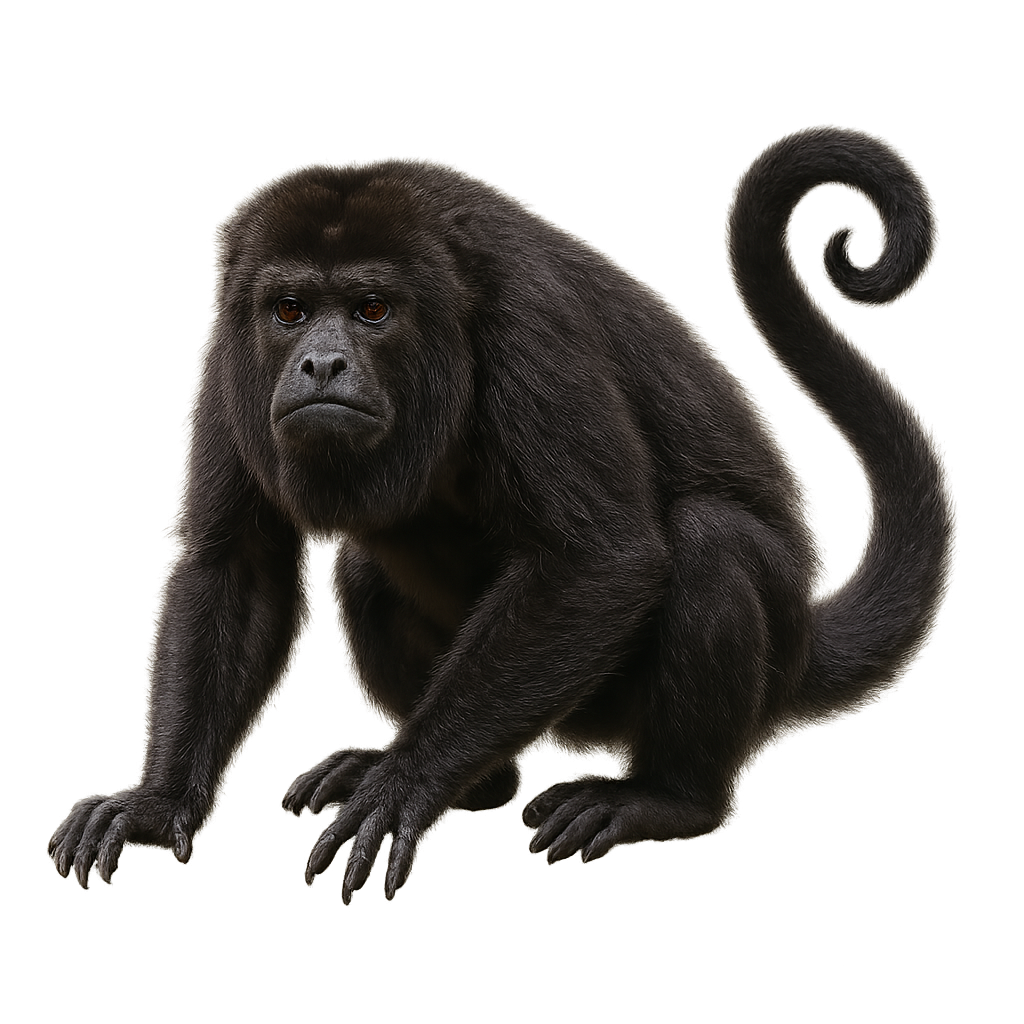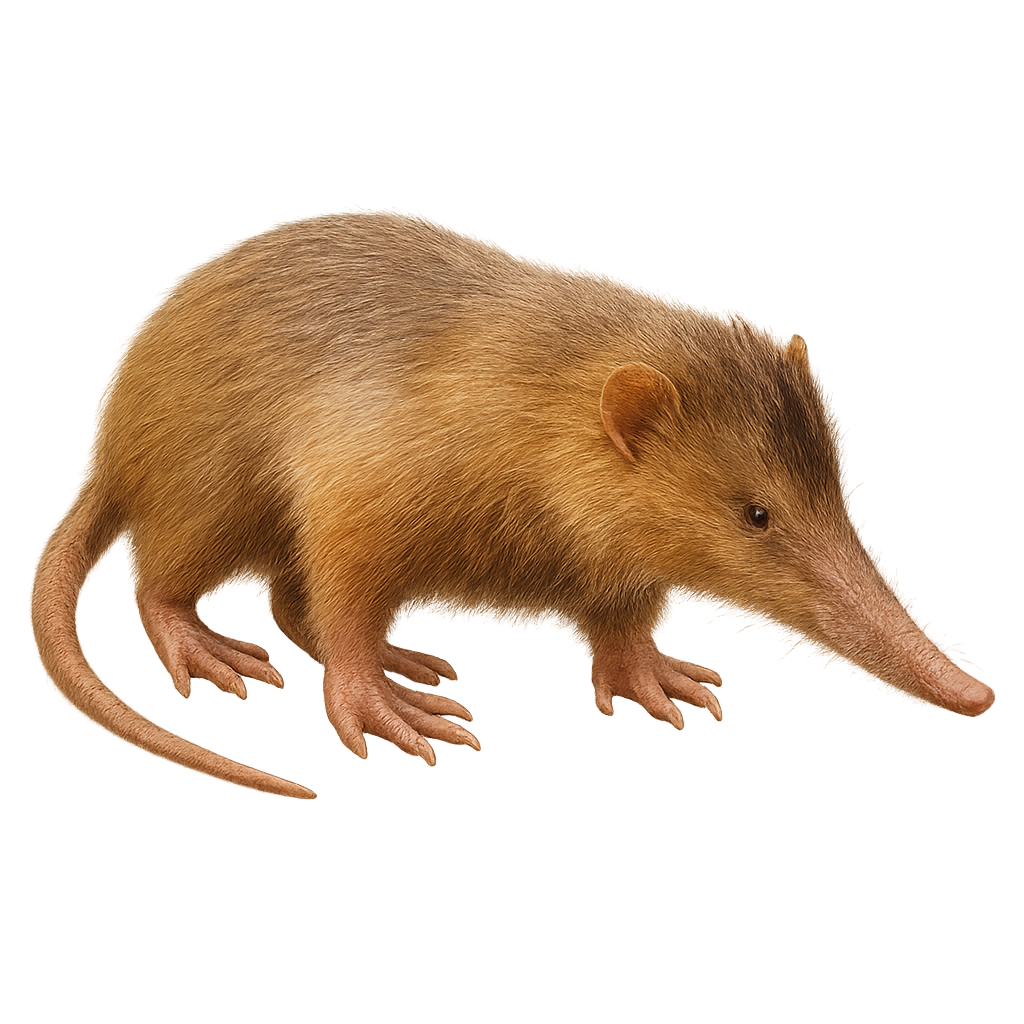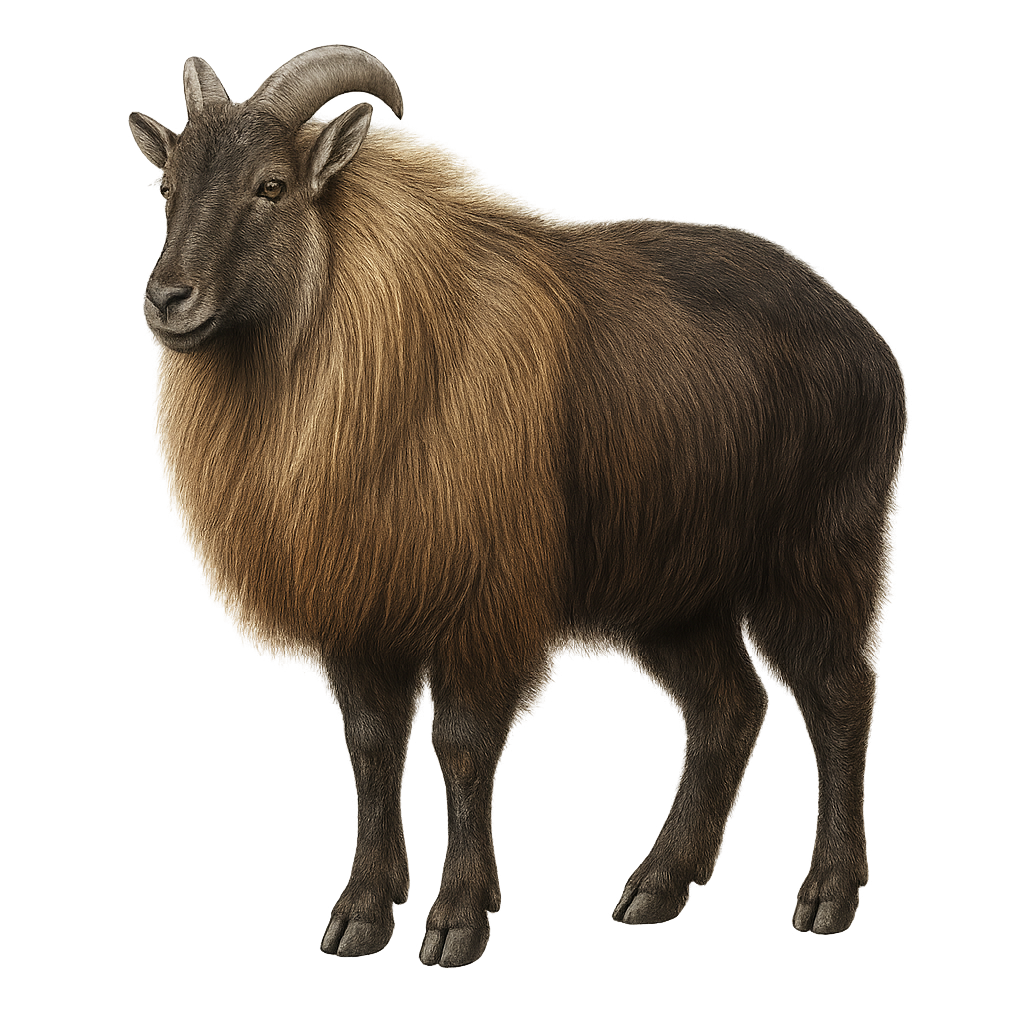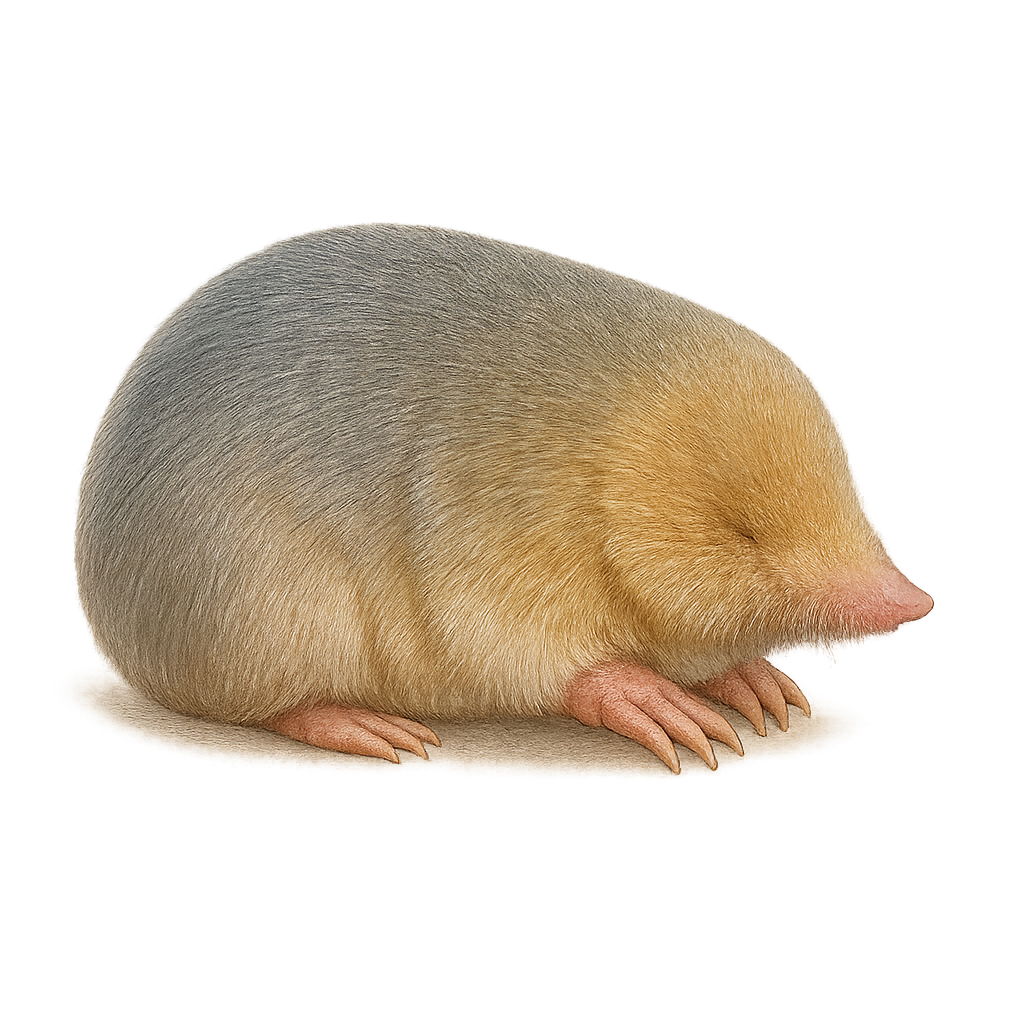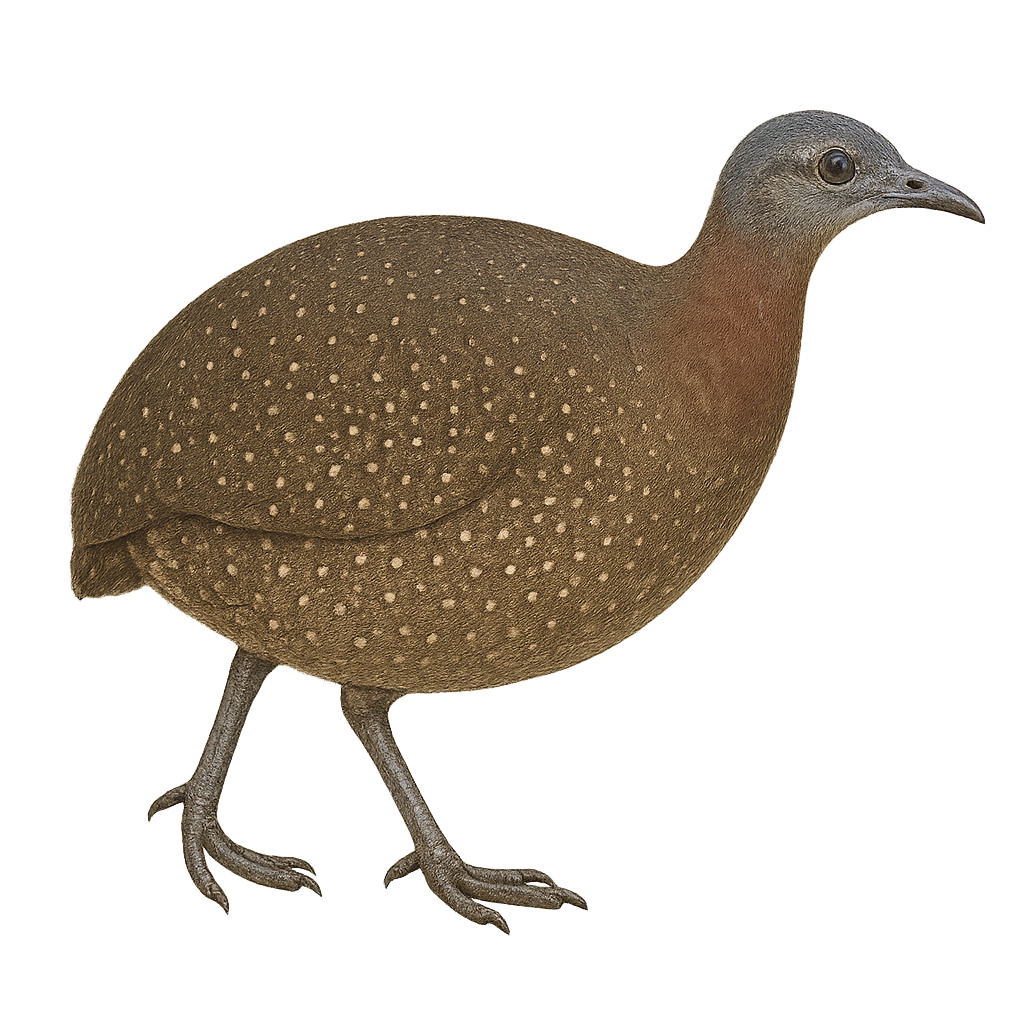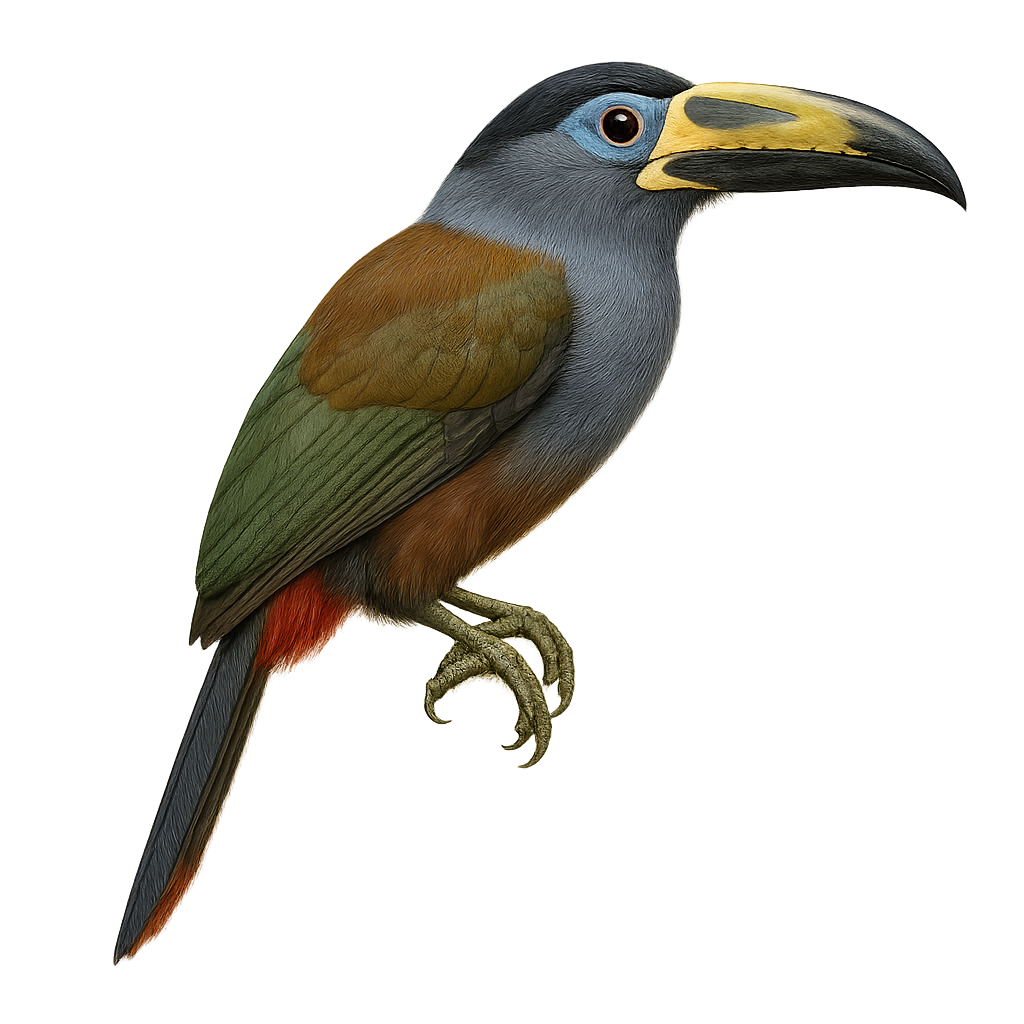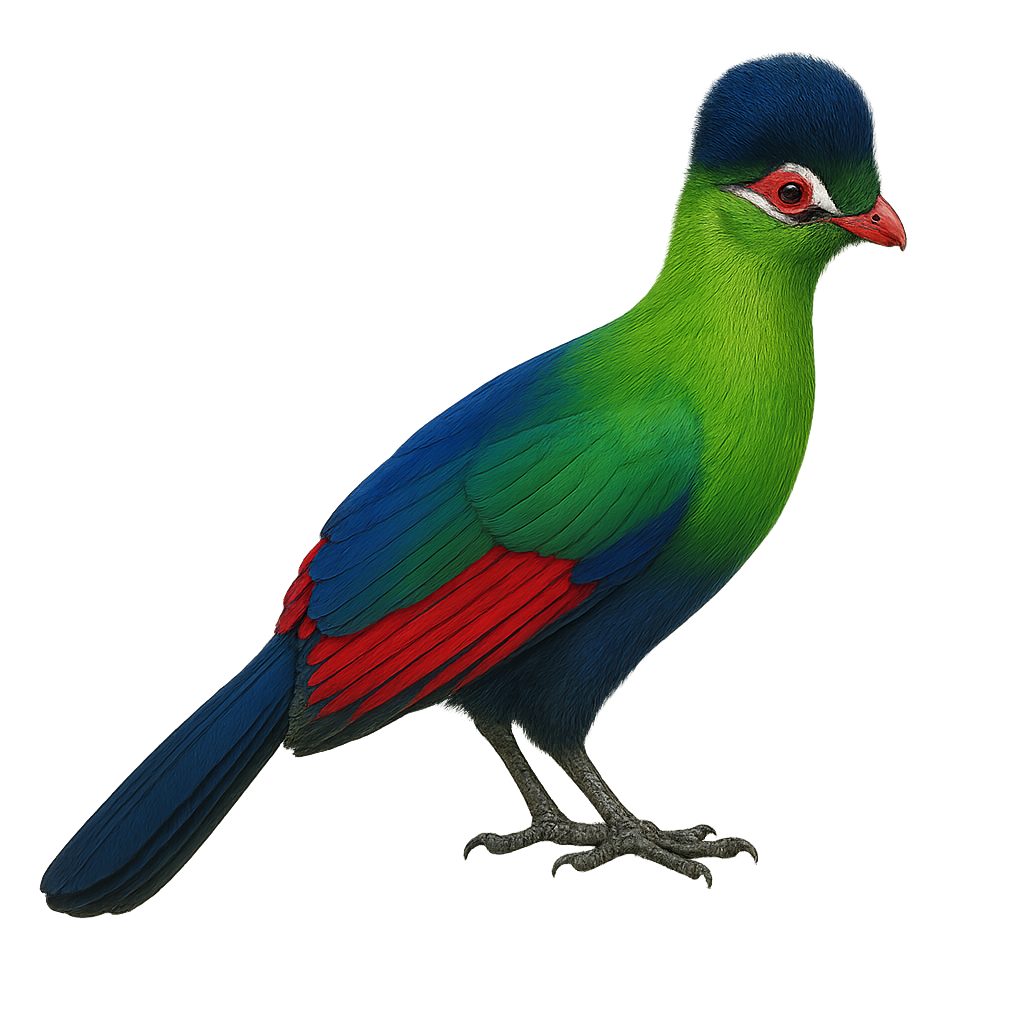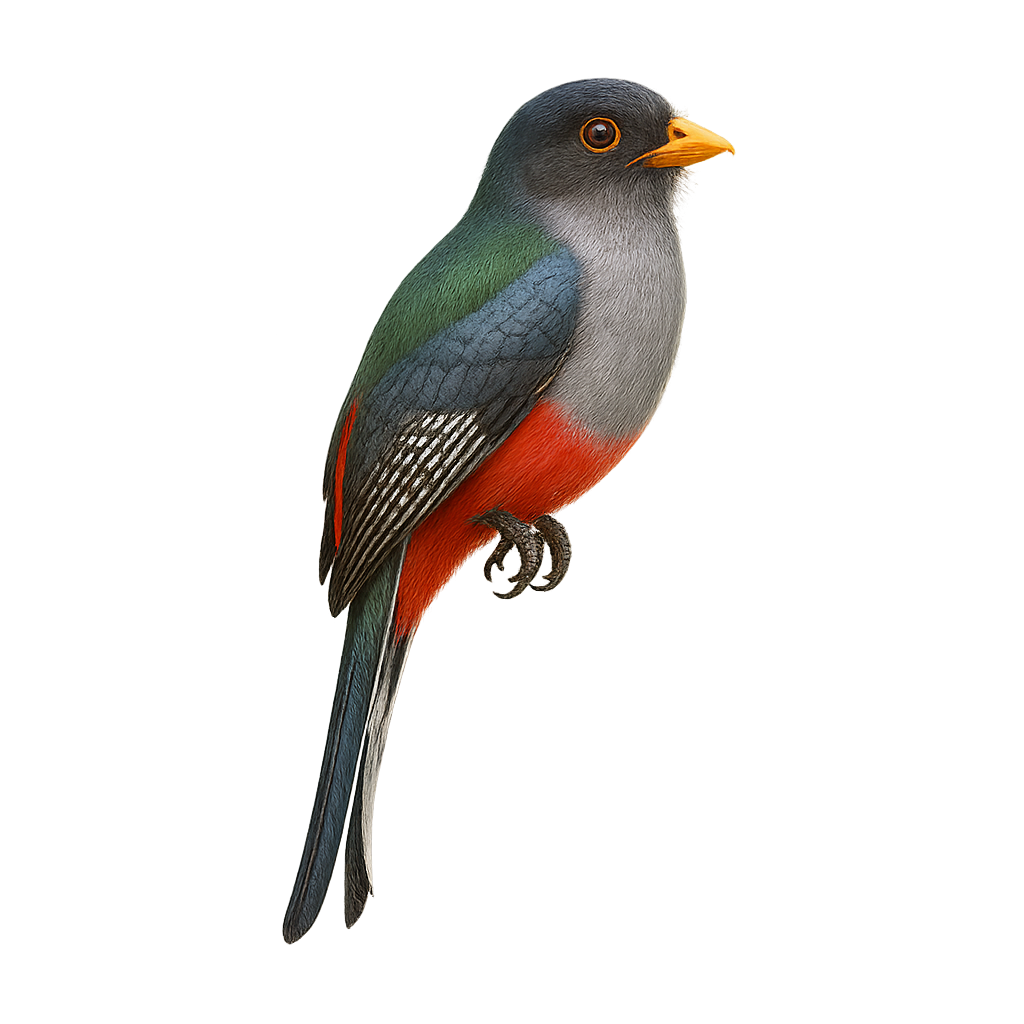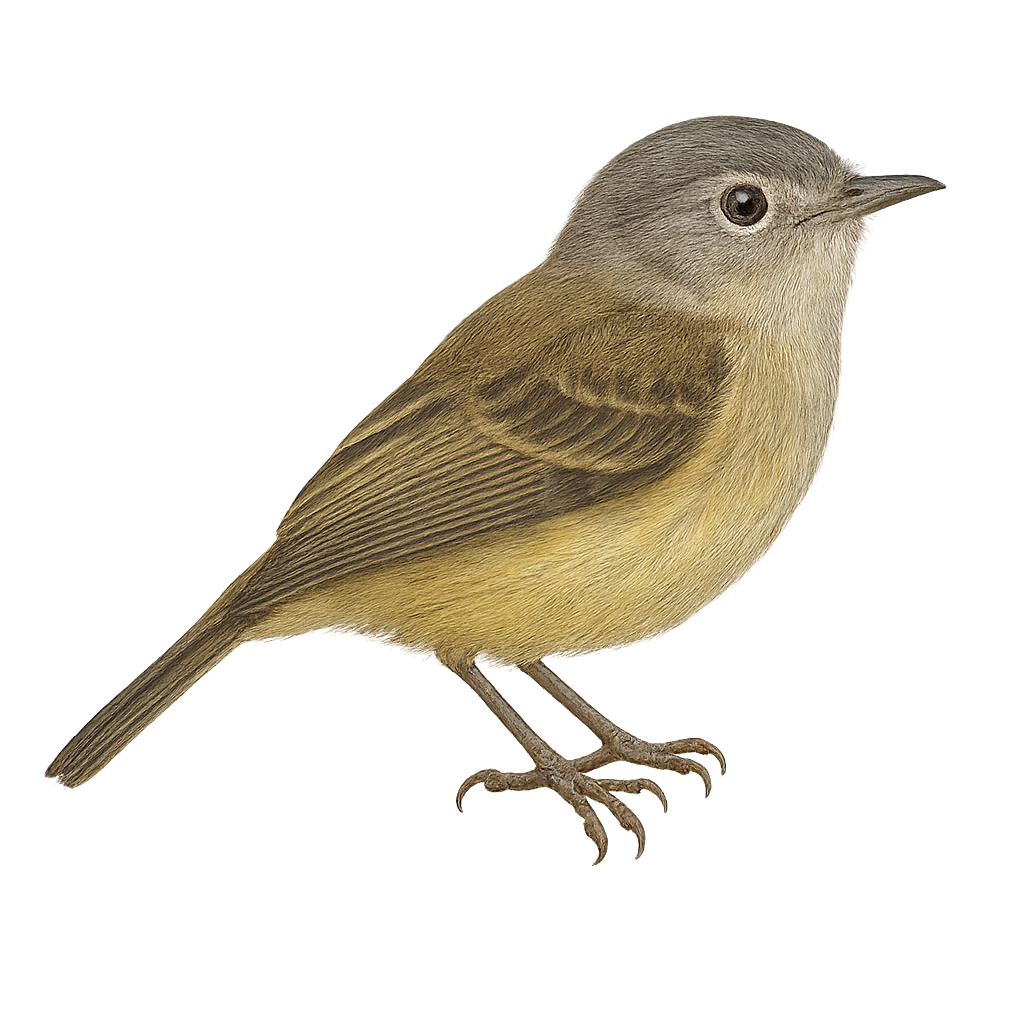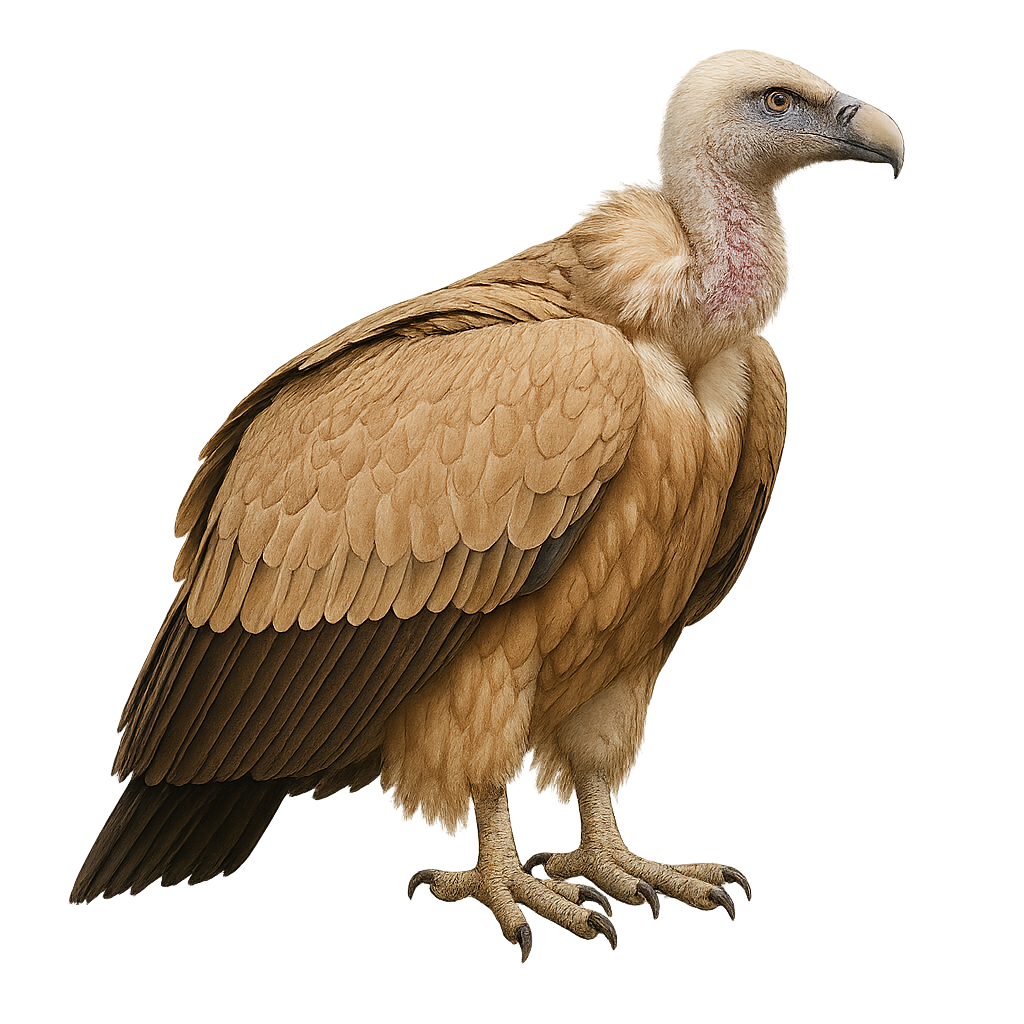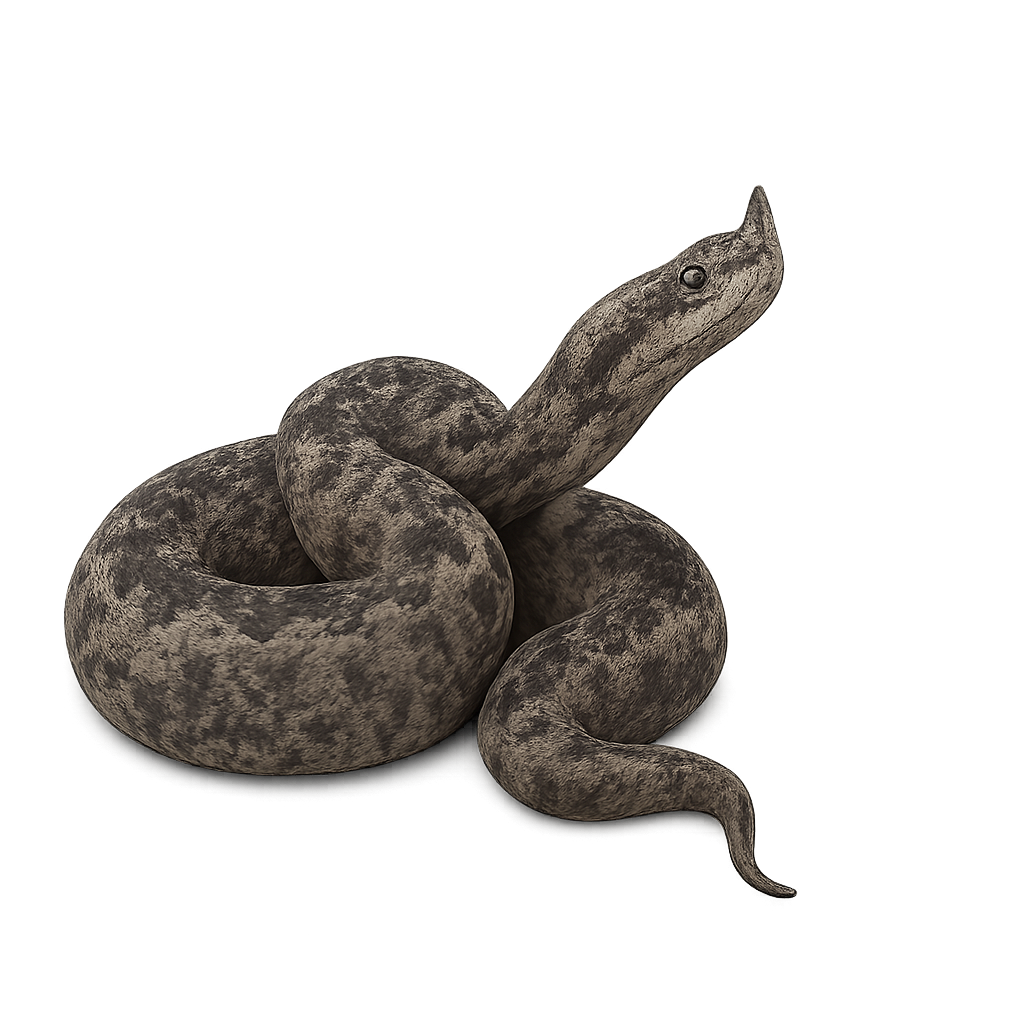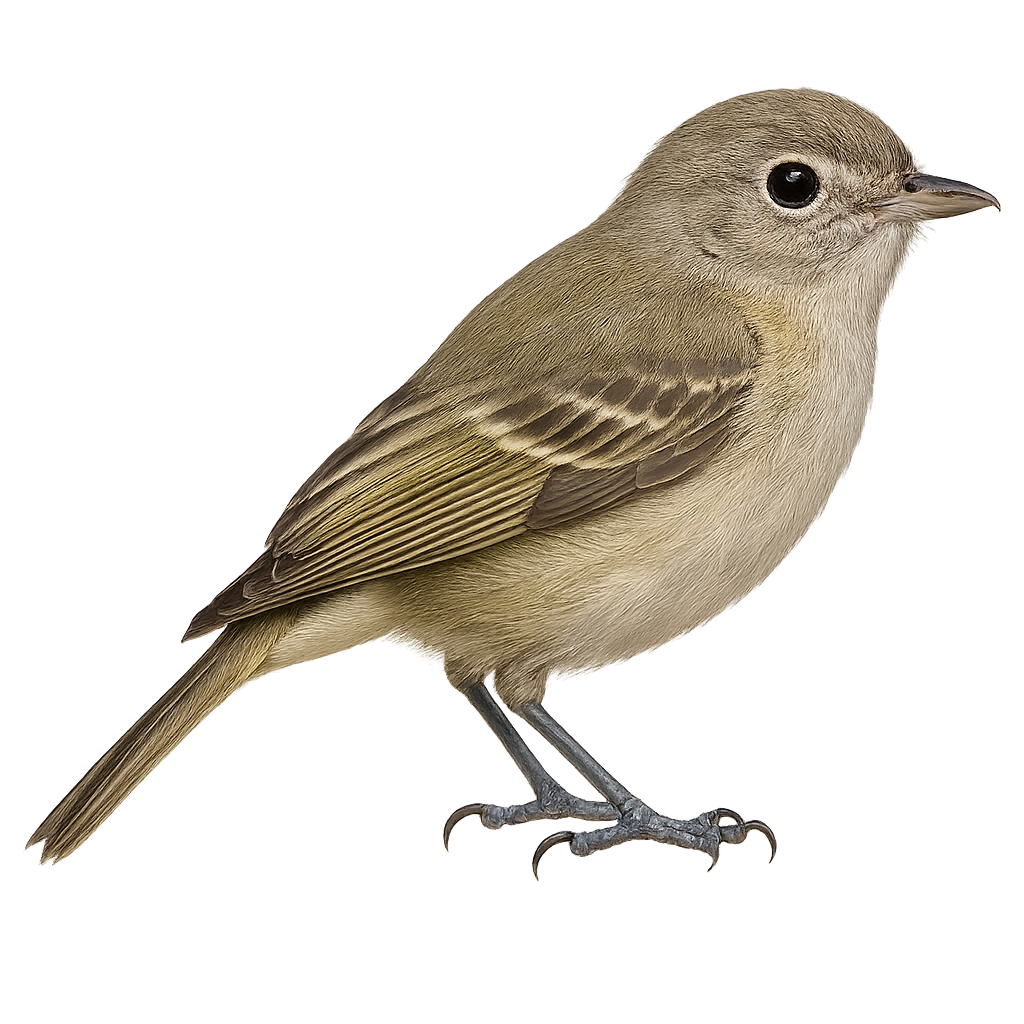The harp seal, or hooded seal, is a marine mammal native to the Arctic regions. It is easily identifiable by its white fur as a pup, which turns gray with black spots as it matures. This seal is well adapted to cold environments, with a thick layer of blubber for insulation. It primarily feeds on fish and crustaceans. Harp seals are known for their seasonal migrations, traveling long distances between breeding and feeding grounds. They play a crucial role in the Arctic marine ecosystem, serving as both predators and prey for other species.
The Hairy Woodpecker, or Picoides villosus, is a medium-sized bird easily recognized by its distinctive black and white plumage. It features a white stripe down its back and wings speckled with white. Males have a small red patch on the back of their heads. This bird is widespread across North America, primarily inhabiting deciduous and coniferous forests. It feeds mainly on insects, which it dislodges by hammering tree trunks with its powerful beak. The Hairy Woodpecker is often mistaken for the Downy Woodpecker but is generally larger with a longer bill. It plays a crucial role in the ecosystem by controlling pest insect populations.
The Himalayan Woodpecker, Dendrocopos himalayensis, is a captivating bird primarily inhabiting the coniferous and mixed forests of the Himalayan mountain regions. This medium-sized bird, measuring about 25 cm in length, is distinguished by its striking black and white plumage, with a red crown in males. It is often seen drumming on tree trunks in search of insects, its main food source. Although primarily insectivorous, it may also consume seeds and berries. The Himalayan Woodpecker is a diurnal bird, active mainly during the day, and is known for its territorial behavior, vigorously defending its territory against intruders.
The Himalayan Flameback, or Dinopium shorii, is a captivating bird from the Picidae family, known for its striking plumage and distinctive patterns. It features a brilliant golden back, contrasting with a bright red head in males, while females have a black cap. This bird is primarily found in the subtropical and tropical moist forests of the Indian subcontinent, where it feeds on insects dislodged from tree bark with its strong beak. The Himalayan Flameback is a diurnal bird, active mainly during the day. Although generally suspicious, it can sometimes be spotted at altitudes ranging from 200 m to 1500 m. Its population is currently stable, and it is classified as "least concern" by the IUCN.
The helmeted guineafowl, Numida meleagris, is a terrestrial bird native to sub-Saharan Africa. It is easily identified by its black plumage speckled with white and its bare head topped with a bony casque. This social bird lives in groups and feeds mainly on seeds, insects, and small invertebrates. Known for its adaptability, it thrives in various habitats, from savannas to open forests. It plays a crucial role in controlling pest insect populations. Although often domesticated for its meat and eggs, it remains suspicious in the wild.
The Hepatic Tanager, or Piranga flava, is a colorful bird primarily found in the forests and woodlands of Central and South America. This bird is easily recognizable by its bright red plumage in males, while females display more yellowish and greenish hues. It primarily feeds on insects and fruits, playing a crucial role in seed dispersal. The Hepatic Tanager is a sociable bird, often seen in small groups or pairs. It is also known for its melodious and varied song that echoes through the forests. Although it is quite tolerant of human presence, it prefers natural habitats away from disturbances.
The Hooded Plover, or Thinornis cucullatus, is a coastal bird endemic to Australia, easily identifiable by its distinctive plumage. It features a black head contrasting with its white and grey body, and a black band around its neck, giving it its name. This small bird, measuring about 20 cm in length, is often seen on sandy beaches and dunes, where it primarily feeds on marine invertebrates. Unfortunately, its habitat is threatened by human activity, leading to a decline in its population. Conservation efforts are crucial to ensure its survival.
The Hooded Plover, or Thinornis melanops, is a coastal bird endemic to Australia, easily recognizable by its distinctive plumage. It features a black hood contrasting with its white belly and grey back. This bird prefers sandy beaches and dunes for nesting, making it vulnerable to human disturbances and introduced predators. Its modest size, about 20 cm long, and discreet behavior make it difficult to spot. The Hooded Plover is a threatened species, mainly due to habitat loss and human activities. Conservation efforts focus on protecting its nesting sites and raising public awareness of its precarious status.
The Hartert's Leaf Warbler, or Phylloscopus soror, is a small passerine bird belonging to the Phylloscopidae family. It is primarily found in the temperate and subtropical forests of East Asia, particularly in China and Vietnam. This warbler is characterized by its olive-green upperparts and lighter underparts, with pale eyebrows and a subtle wing bar. It is often mistaken for other warbler species due to its similar size and inconspicuous plumage. Its song is a rapid and melodious trill, often heard before the bird is visually spotted. It primarily feeds on insects, which it catches in dense foliage.
The honey badger, Mellivora capensis, is a carnivorous mammal known for its boldness and tenacity. It has a robust body, thick and loose skin that protects it from predators. Its fur is typically black with a white stripe on its back. This opportunistic predator feeds mainly on small animals, insects, and fruits. It is famous for its ability to attack larger prey and withstand bee stings and venomous snake bites. The honey badger is primarily solitary and fiercely defends its territory. It inhabits various environments, from savannas to forests, and can dig quickly to hide or search for food.
The House Finch, or Haemorhous mexicanus, is a small songbird native to North America. It is easily recognizable by its bright red plumage on the head, chest, and rump in males, while females display more subdued shades of brown and gray. These birds measure about 12 to 15 cm in length and have a wingspan of 20 to 25 cm. They are often seen in flocks, feeding on seeds, fruits, and occasionally insects. The House Finch is highly adaptable and can be found in various habitats, including urban areas, gardens, and open forests. It is known for its melodious song and ability to thrive in human-altered environments.
The Hottentot Teal, or Spatula hottentota, is a small dabbling duck found mainly in sub-Saharan Africa. It is characterized by its light brown plumage, wings with greenish sheen, and blue-grey bill. Males and females are similar, although males often have slightly brighter colors. This duck prefers wetlands, such as marshes, lakes, and rivers with dense vegetation. It is primarily herbivorous, feeding on seeds, aquatic plants, and insects. Although generally discreet, it can be seen in small groups, especially during the breeding season. Its call is a soft whistle, often heard at dusk.
The Semnopithecus schistaceus, commonly known as the Himalayan Gray Langur, is an arboreal primate found mainly in the mountainous forests of the Himalayas. This monkey is easily recognizable by its silvery-gray fur and distinctive black face. It lives in complex social groups and primarily feeds on leaves, fruits, and flowers. Adapted to high altitudes, it can be observed up to 4000 meters. Although generally wary of humans, it can sometimes be seen near villages. Its population is threatened by deforestation and hunting, although conservation efforts are underway to protect its natural habitat.
The Howler Monkey is a medium-sized primate found primarily in the tropical forests of Central and South America, notably in Mexico, Central America, and parts of the Amazon rainforest. It typically measures about 40 to 70 cm in length, with a prehensile tail of 50 to 75 cm, and weighs between 7 and 10 kg. Its fur varies from black to brown, and it has a large throat and powerful jaw, which allow it to produce extremely loud sounds, used to demarcate territory and communicate with other members of its group. The Howler Monkey is primarily herbivorous, feeding on leaves, fruits, and flowers. It lives in social groups and is primarily active during the day, moving slowly from tree to tree. While its population remains relatively stable, this species is threatened by deforestation and hunting.
The Hispaniolan solenodon (Solenodon paradoxus) is a venomous insectivorous mammal resembling a shrew, endemic to the Caribbean island of Hispaniola (Dominican Republic and Haiti). It inhabits moist forests, shelters in burrows or under logs, and feeds primarily on arthropods, worms, molluscs and small vertebrates. Crepuscular and nocturnal, it moves in a zigzag gallop and produces varied vocalizations for communication and defense.
The Himalayan tahr, Hemitragus jemlahicus, is a robust caprine native to the rugged mountains of the Himalayas. With a thick, woolly coat, it is well-suited to the cold, windy conditions of its habitat. Males are distinguished by their impressive manes and curved horns, while females are smaller with more modest horns. These gregarious animals form herds, often segregated by sex, and navigate difficult terrains with remarkable agility. Their diet mainly consists of grasses, leaves, and shoots. Although their population is stable, they face threats from hunting and habitat loss.
The Amblysomus hottentotus, commonly known as the Hottentot Golden Mole, is a small insectivorous mammal endemic to southern Africa. It is characterized by its silky, golden-tinged fur, giving it a unique appearance. Adapted to a subterranean lifestyle, it has powerful forelimbs and robust claws for efficient digging. Its eyes are covered by skin, as vision is of little use in its underground habitat. It primarily feeds on insects and small invertebrates it finds in the soil. Although elusive, it plays a crucial role in the ecosystem by aerating the soil and controlling insect populations.
The Highland Tinamou, or Nothocercus bonapartei, is a medium-sized ground bird belonging to the Tinamidae family. It is primarily found in the humid forests of the Andes, ranging from Venezuela to Bolivia. This elusive bird is more often heard than seen, due to its cryptic plumage that blends seamlessly into the dense undergrowth. It feeds mainly on fallen fruits, seeds, and insects. The Highland Tinamou is a solitary bird, although it can sometimes be observed in small groups. Its ability to run swiftly and fly short distances allows it to escape predators. Despite its elusive nature, it plays a crucial role in seed dispersal, aiding forest regeneration.
The Hermann’s tortoise is a Mediterranean terrestrial tortoise, 15–20 cm long, with a yellowish carapace patterned with black markings. Endemic to the shrublands and garigues of southern Europe, it also inhabits open woodlands and rocky grasslands, feeding on leaves, flowers, and small fruits. During breeding (May–June), males engage in head-bobbing displays and scrape the soil before nesting.
The Hawksbill sea turtle is a widely recognized species of sea turtle, known for its shell's overlapping, tile-like scales, from which it gets its name. It is primarily found in the warm tropical and subtropical waters of the Atlantic, Indian, and Pacific Oceans. This marine reptile is primarily carnivorous, feeding on jellyfish, fish, and crustaceans. The Hawksbill is particularly vulnerable due to habitat loss from pollution and illegal collection of its shell. It is also threatened by illegal fishing and loss of nesting beaches.
The Hooded Mountain Toucan, or Andigena cucullata, is a captivating bird of the Andes, known for its colorful plumage and distinctive bill. It features a mix of blue, green, and yellow, with a characteristic black hood on its head. This bird favors humid high-altitude forests, where it primarily feeds on fruits, but also insects and small vertebrates. Its social behavior is notable, often seen in small groups. Although its habitat is relatively limited, it plays a crucial role in seed dispersal, contributing to the health of its ecosystem. Unfortunately, deforestation threatens its habitat, making its conservation essential.
The Hartlaub's Turaco is a fascinating bird endemic to the montane forests of East Africa, particularly in Kenya and Tanzania. It is easily recognizable by its bright green plumage, distinctive crest, and vivid red wings visible in flight. This bird measures about 40 cm in length and primarily feeds on fruits, but also flowers and insects. It is often seen in pairs or small groups, moving agilely through the canopy. Its call is a mix of harsh cries and melodious notes. Although relatively common in its natural habitat, deforestation poses a threat to its population.
The Priotelus roseigaster, commonly known as the Hispaniolan Trogon, is an endemic bird of the island of Hispaniola, which includes Haiti and the Dominican Republic. This bird is easily recognizable by its striking plumage, with a green head and back, bright red belly, and a tail marked with black and white bands. It primarily inhabits tropical rainforests and mountainous areas, where it feeds on fruits, insects, and small vertebrates. The Hispaniolan Trogon is a symbol of the island's unique biodiversity, but it is threatened by deforestation and habitat loss. Despite these challenges, it remains a fascinating sight for birdwatchers and nature lovers.
The Hellmayr's Tyrannulet is a small passerine bird belonging to the Tyrannidae family. It is primarily found in humid montane forests, often at altitudes between 1500 and 3000 meters. This bird features a subtle plumage, mainly olive green with lighter shades on the belly. Known for its distinctive voice, it emits a melodious song that echoes through the dense canopy. Although relatively tolerant, it remains cautious of intruders. Its diet mainly consists of insects, which it captures in flight or by foraging through foliage. The Hellmayr's Tyrannulet plays an important role in the ecosystem by controlling insect populations and aiding in seed dispersal.
The Himalayan Vulture, Gyps himalayensis, is a magnificent scavenger bird found in the high altitudes of the Himalayas. With a wingspan reaching up to 3 meters, it is one of the largest vultures in the world. Its plumage is primarily light brown with darker shades on the wings and tail. The head and neck are covered with white down, giving it a majestic appearance. This vulture plays a crucial role in the ecosystem by cleaning up carcasses, helping to prevent the spread of diseases. It is often seen soaring in circles in the sky, using thermal currents to glide effortlessly over long distances.
The horned viper, scientifically known as Vipera ammodytes, is a venomous snake found primarily in the Balkans and parts of Southeast Europe. It is distinguished by its triangular head and the unique horn-like structure on its snout. Its coloration ranges from gray to brown, with zigzag patterns along its back, providing excellent camouflage in its natural rocky and dry habitats. This species is typically found at altitudes from 0 to 2000 meters. Although its venom can be dangerous to humans, bites are rare and usually occur only when the snake feels threatened.
The Hutton's Vireo is a small songbird that primarily inhabits oak and coniferous forests in North America, particularly in the western United States and Mexico. It measures about 12 cm in length and weighs between 10 and 14 grams. Its plumage is mainly olive green on the upper parts and paler underneath, with distinctive white wing bars. This vireo is often mistaken for the Golden-crowned Kinglet due to their similar appearance. It feeds mainly on insects and small invertebrates but can also consume berries. The song of the Hutton's Vireo is a key element of its territorial behavior and communication.
The Hartmann's mountain zebra, a subspecies of the mountain zebra, is a robust and elegant animal, recognizable by its distinct black and white stripes that do not meet under the belly, leaving a white band. Native to the arid and mountainous regions of Namibia and South Africa, it is perfectly adapted to its environment with hard hooves and the ability to survive with little water. Hartmann's zebras live in small family groups led by a dominant stallion. They primarily feed on grasses but can also consume leaves and bark during times of scarcity. Their social behavior is complex, with vocal interactions and mutual grooming rituals.


